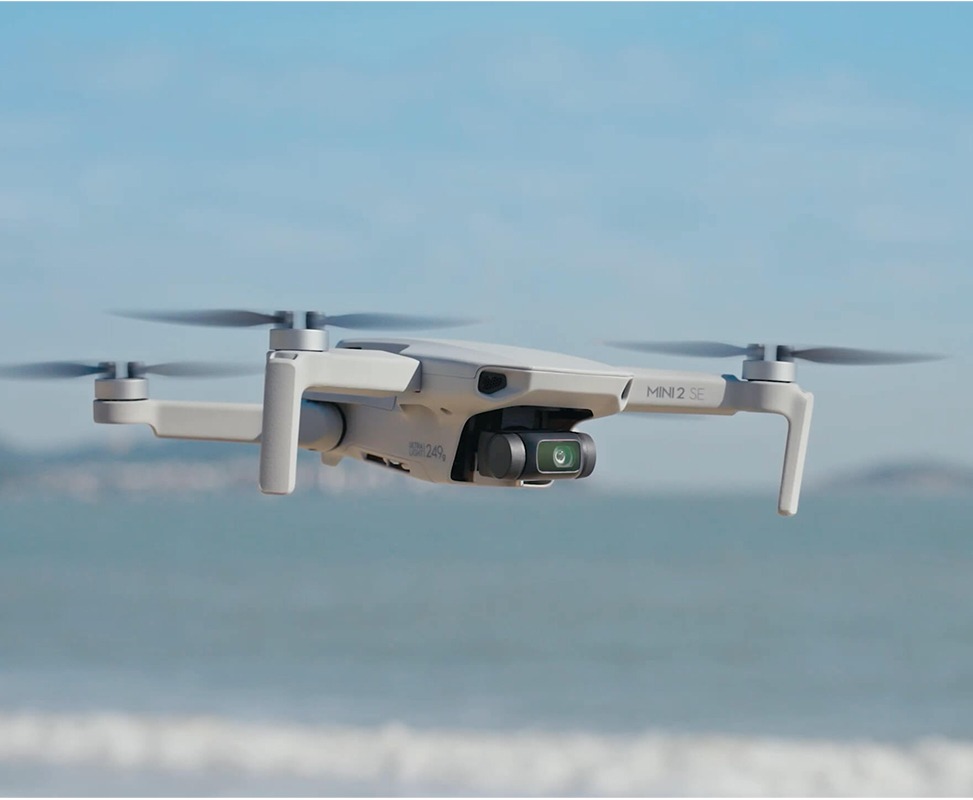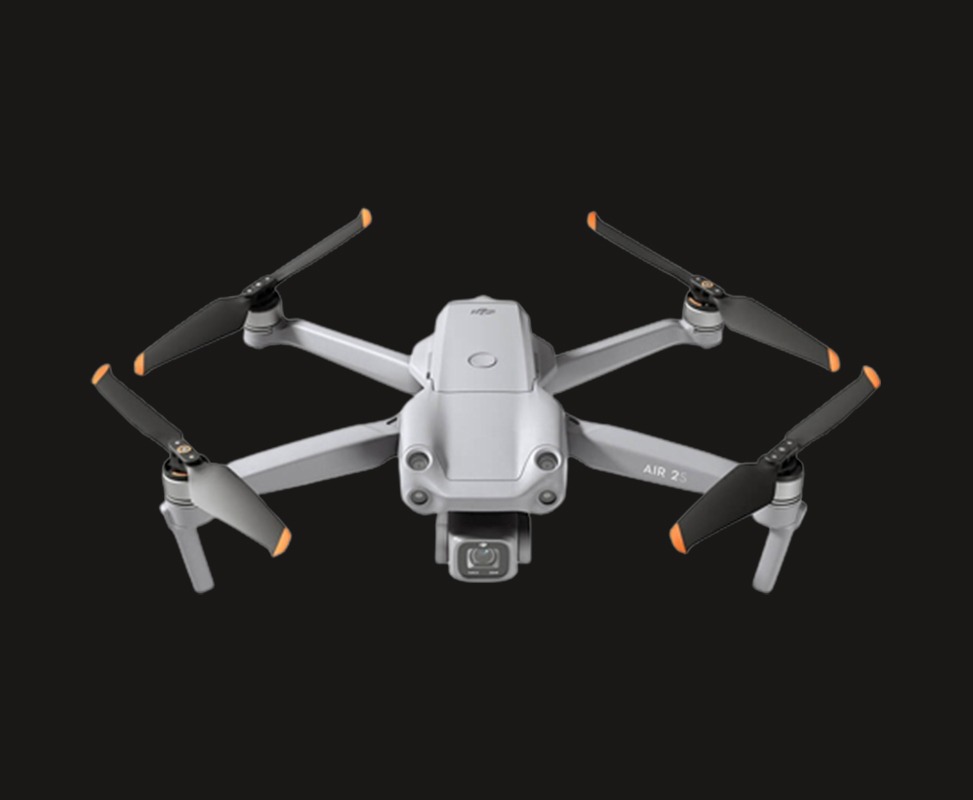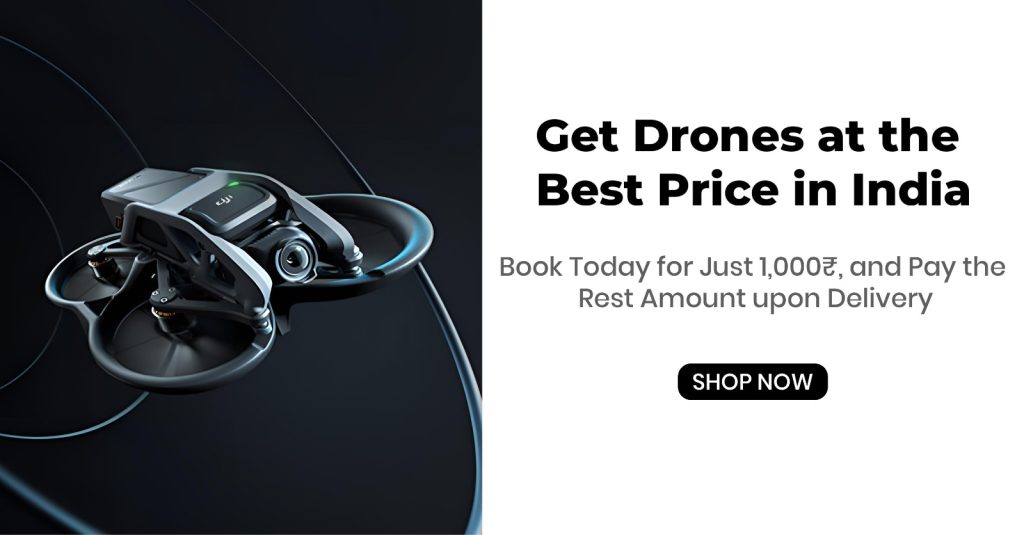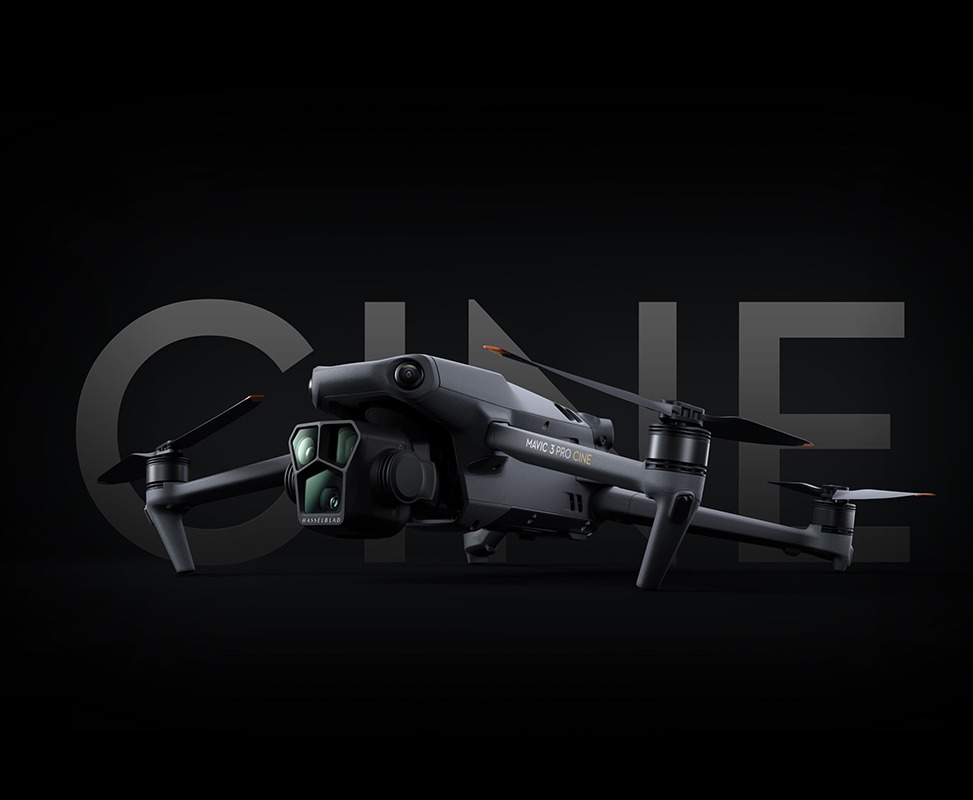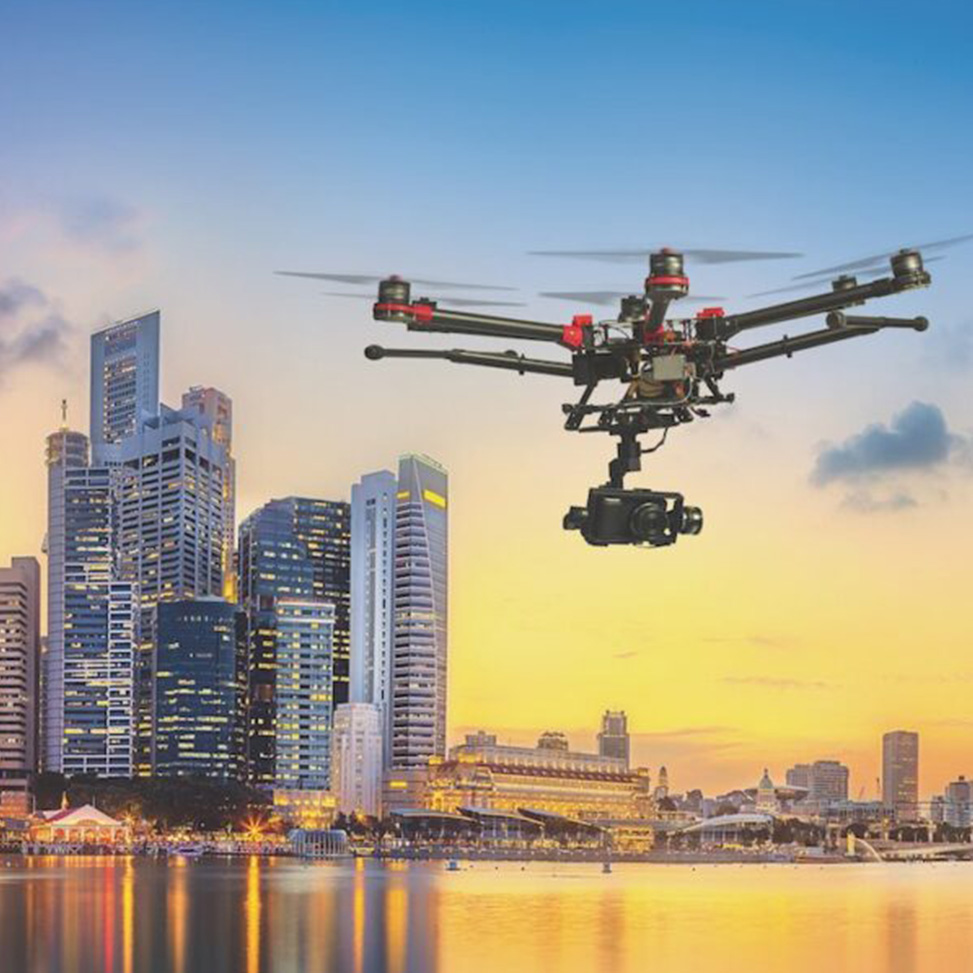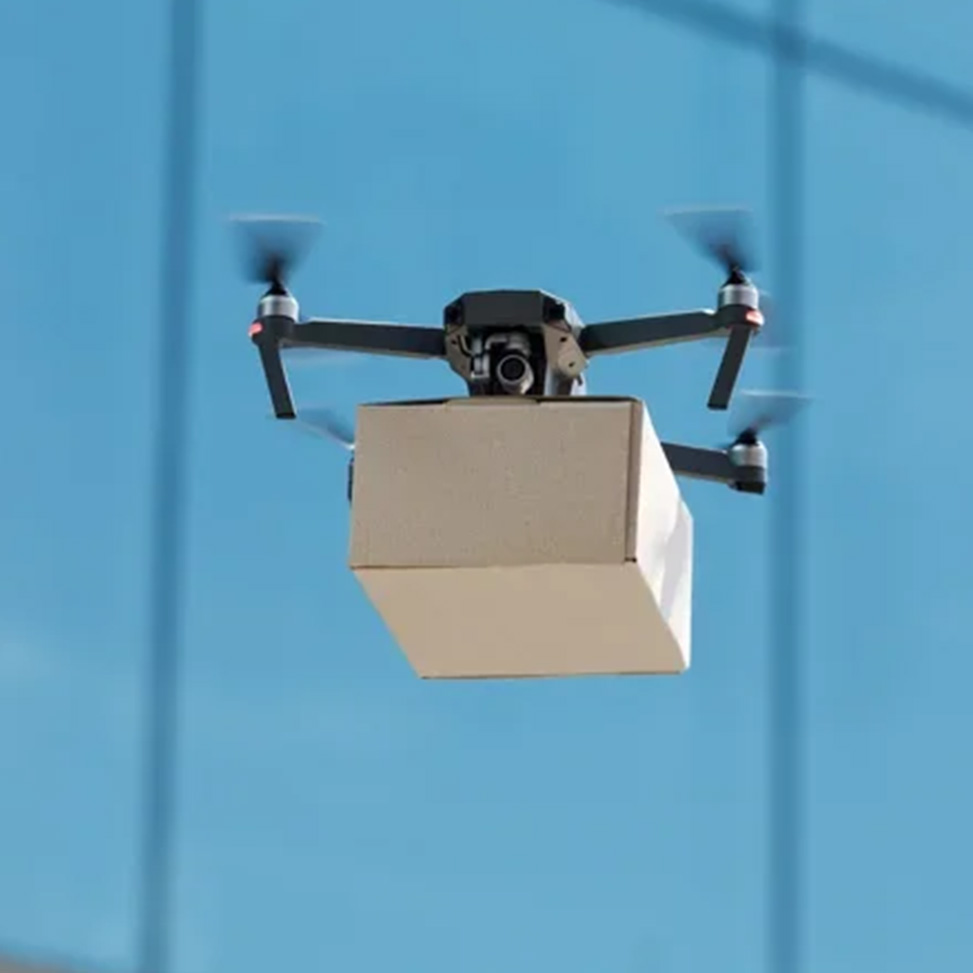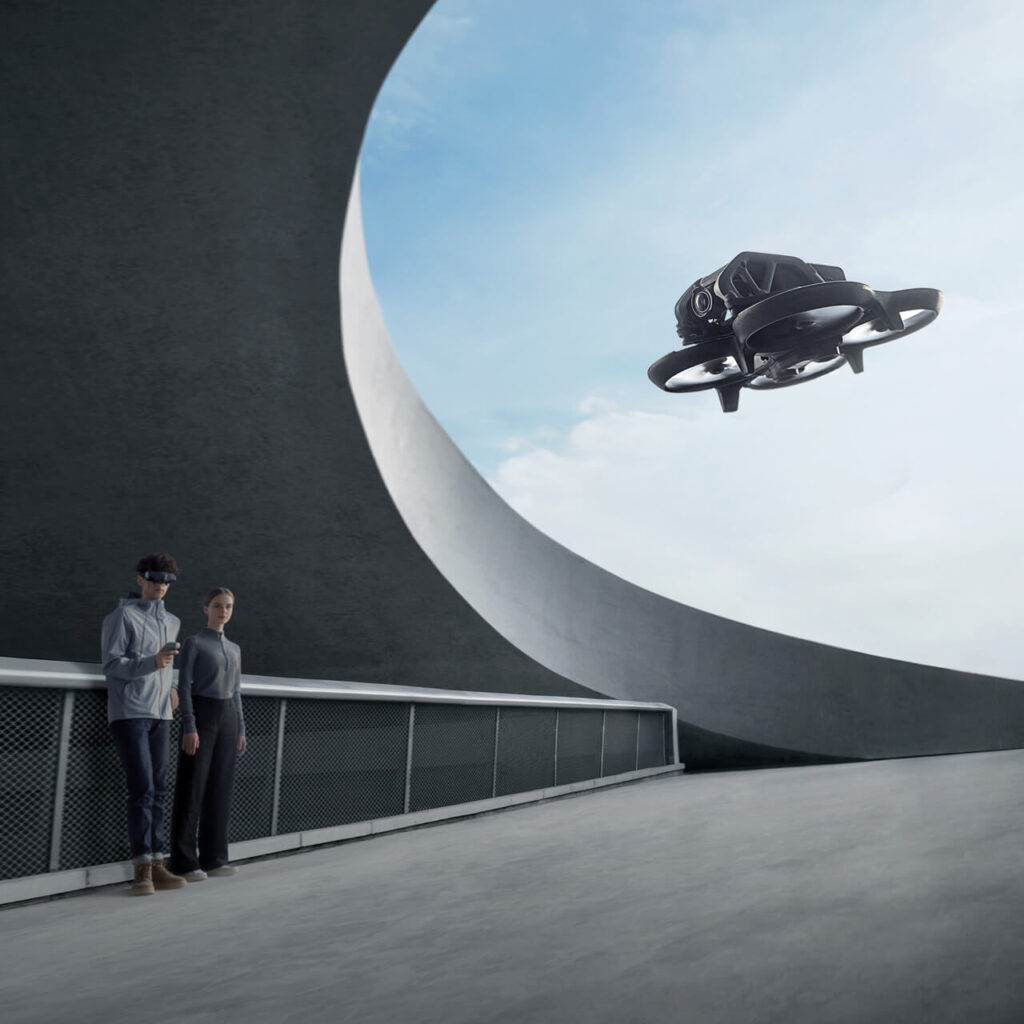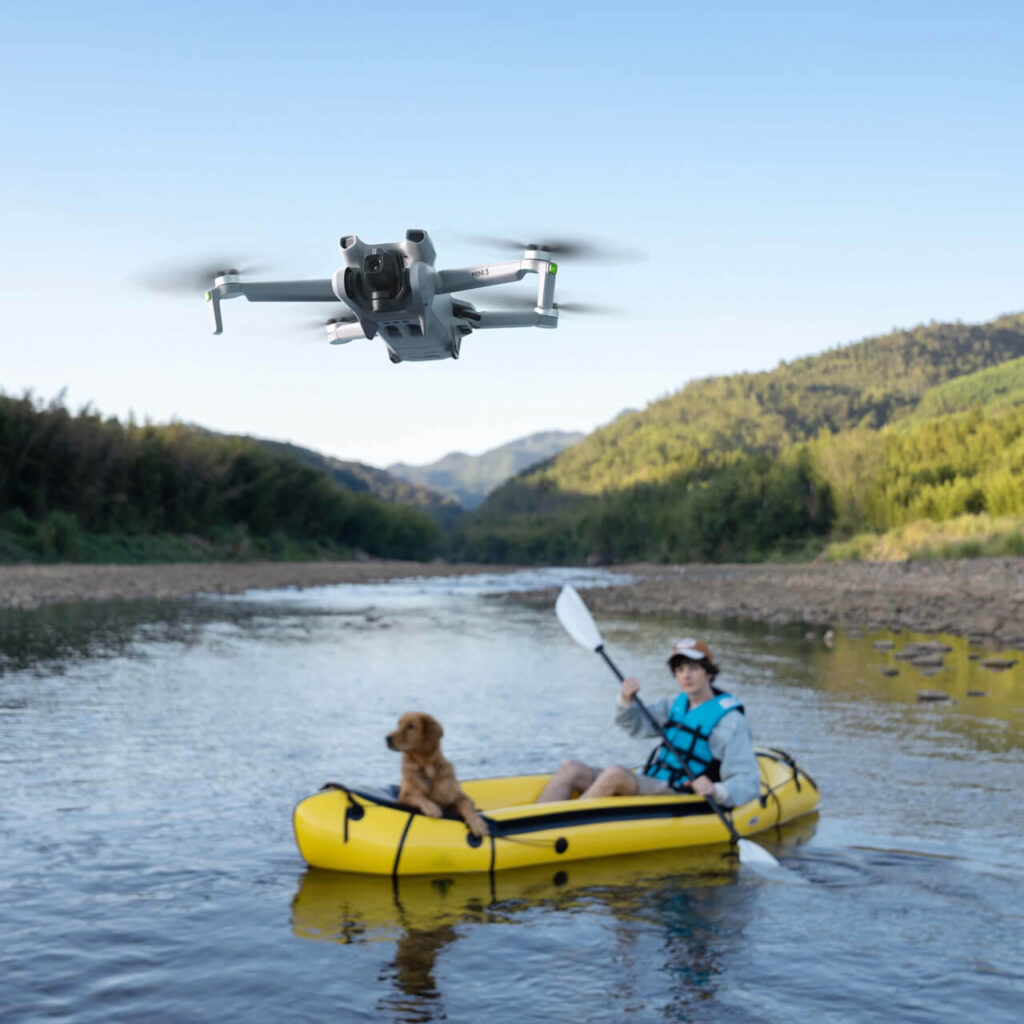DJI Mini: The Ultimate Guide to the World’s Smallest and Lightest Drone
The DJI Mini series is revolutionizing the world of drones with its ultralight and foldable design, making it the perfect companion for aerial photography enthusiasts. These drones weigh less than 249 grams, which exempts them from registration in most countries and regions. In this guide, we will explore the unique selling points of the DJI Mini series and delve into the different models available.
The DJI Mini series offers a range of exceptional features that set it apart from other drones in the market. Let’s take a closer look:
Ultralight and foldable design: The DJI Mini drones are incredibly lightweight and compact, making them highly portable and easy to carry. Additionally, their foldable design adds convenience and enhances their portability, allowing you to take them on your adventures without any hassle.

Long flight time: One of the standout features of the DJI Mini series is the impressive flight time it offers. The DJI Mini 3 Pro provides a maximum flight time of 34 minutes, while the DJI Mini 2 offers up to 31 minutes of uninterrupted flight. This extended flight time allows you to capture more footage on a single battery charge
High-quality camera: The DJI Mini series is equipped with high-quality cameras that can capture stunning aerial photography and video. The DJI Mini 3 Pro boasts a 1/1.3-inch CMOS sensor, enabling it to record 4K video at 60 frames per second (fps). On the other hand, the DJI Mini 2 features a 1/2.3-inch CMOS sensor and can record 4K video at 30fps. Both models deliver exceptional image and video quality, ensuring breathtaking visuals from above.
Intelligent flight modes: The DJI Mini series comes with a range of intelligent flight modes that make capturing professional-level footage a breeze. QuickShots allow you to create automatic aerial sequences with just a few taps, while ActiveTrack enables the drone to automatically track a moving subject. These intelligent flight modes open up a world of creative possibilities and make capturing stunning aerial footage easier than ever.
The DJI Mini series is the ultimate choice for anyone seeking a compact and lightweight drone that excels in aerial photography and videography. Its user-friendly nature and feature-rich capabilities make it suitable for beginners and professionals alike.
Discuss the different models in the series and their features
The DJI Mini series offers a range of models, each with its own unique set of features and capabilities. Let’s explore each model in detail:
DJI Mini: Released in November 2019, the DJI Mini was the first drone in the Mini series and made a significant impact in the drone industry. Weighing just 249 grams, it is equipped with a 12MP camera capable of recording 1080p video at 30fps. It also features a 360-degree obstacle avoidance system, ensuring a safe and worry-free flight experience.
DJI Mini SE: Introduced in November 2021, the DJI Mini SE is a more affordable version of the original Mini. It retains the same weight and dimensions while offering a 4K camera and a flight time of 30 minutes. The Mini SE is a great option for those looking for a budget-friendly drone without compromising on image quality.
DJI Mini 2: Released in November 2020, the DJI Mini 2 is an upgraded version of the original Mini. It retains the compact size and 249-gram weight but comes with significant improvements. The Mini 2 features a 12MP camera capable of recording 4K video at 30fps. It also offers a longer flight time of 31 minutes and compatibility with DJI’s OcuSync 2.0 transmission system, providing a more reliable video feed.
DJI Mini 3 Pro: Launched in May 2023, the DJI Mini 3 Pro is the most advanced drone in the Mini series. It comes equipped with a 1/1.3-inch CMOS sensor, allowing it to capture stunning 4K video at 60fps. With a longer flight time of 34 minutes and an improved obstacle avoidance system, the Mini 3 Pro sets a new standard for ultralight drones.
Each model in the DJI Mini-series caters to different user preferences and budgets, ensuring there’s a perfect fit for every aspiring drone pilot.
Explain who the target audience for the DJI Mini series is
The DJI Mini-series appeals to a wide range of individuals with diverse interests and needs. Here are the main target audiences for the DJI Mini series
Hobbyists and enthusiasts: Drone enthusiasts who enjoy capturing aerial photos and videos for recreational purposes are a primary target audience for the DJI Mini series. They value the latest drone technology and features, and are willing to invest in a high-quality drone to enhance their flying experience.
Travelers and adventurers: Individuals who love exploring new places and want to document their travels and adventures from a unique perspective are another key audience for the DJI Mini series. These individuals seek a portable and user-friendly drone that can accompany them on their journeys, allowing them to capture breathtaking aerial shots.
Professional photographers and videographers: Professional photographers and videographers who utilize drones for commercial purposes, such as real estate photography, aerial surveying, and film production, are a significant target audience for the DJI Mini series. They require a drone that can deliver exceptional image and video quality while being easy to handle and operate.
The DJI Mini-series caters to these diverse audiences by providing a small, portable, and easy-to-use drone that produces outstanding image and video quality. Furthermore, its adherence to weight regulations in many countries makes it an appealing option for travelers and adventurers seeking to capture stunning aerial footage legally.
In conclusion, the DJI Mini series is a game-changer in the world of drones, offering a compact and lightweight solution for capturing breathtaking aerial photography and videography. With its user-friendly features, advanced technology, and impressive flight capabilities, the DJI Mini series is a must-have for drone enthusiasts, travelers, professionals, and beginners alike. So, whether you’re an adventure seeker looking to document your expeditions or a photographer aiming to capture stunning vistas from above, the DJI Mini series has got you covered. Elevate your creativity and unlock a new perspective with the world’s smallest and lightest drone series.

